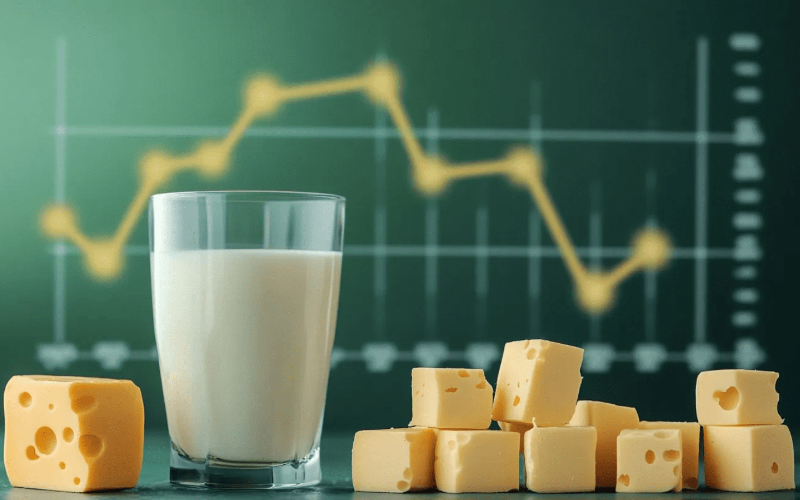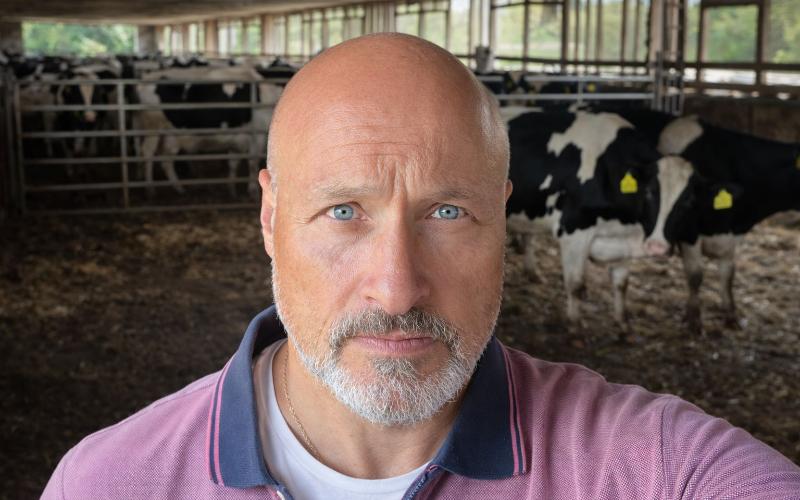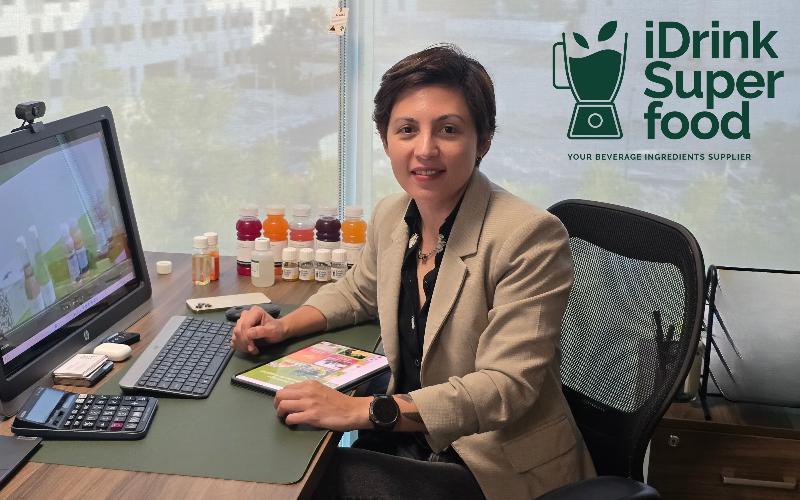Global dairy prices continue to rise, but demand risks remain — RaboResearch report

Key Trends: Production and Consumption
As of the first quarter of 2025, milk production among the seven key exporting countries increased by just 0.5% year-on-year. However, growth is expected to accelerate to 1.1% in the second quarter and to 1.4% in the third quarter — marking the highest quarterly growth rate since early 2021. This growth will be driven by the United States, the European Union, and South America.
Total milk production in the “Big Seven” countries is projected to reach 326.7 million metric tons by the end of 2025, up 1% fr om last year — the strongest annual growth since 2020.
Despite the increase in production, the consumption outlook remains tense. Amid a volatile global economy, consumer sentiment remains weak, especially in the United States and China. Sales in the foodservice sector and fast-moving consumer goods (FMCG) continue to decline, putting pressure on dairy demand.
Prices and Risks
Following a period of retail deflation in 2024, dairy prices have started to rise again. The price increase is especially pronounced in Oceania, wh ere Fonterra has issued a record milk price forecast for the 2025–2026 season.
In the U.S., dairy prices saw steady growth through the end of May, while exports remained strong despite the threat of retaliatory tariffs fr om China and Canada.
Nevertheless, instability in global trade remains the key risk. As noted by Mary Ledman, Global Dairy Strategist at RaboResearch, trade conflicts and tariff disputes continue to reshape the global dairy market.
The forecasted rise in milk production is expected to exert additional downward pressure on prices in the second half of the year. Major threats to demand include China’s economic slowdown, trade restrictions, and high prices for whole milk powder from Oceania.
Regional Overviews
United States
Milk production is on the rise: in April, it was up 1.5% year-on-year, and full-year 2025 growth is projected at 1.4%. With avian flu stabilizing and dairy herd expansion underway, the U.S. dairy sector shows resilience, despite mounting risks from escalating trade tensions with China.
European Union and United Kingdom
Milk production declined in the first quarter, despite profitability for producers. The full-year outlook suggests modest growth of just 0.3%. Key limiting factors include outbreaks of foot-and-mouth disease and bluetongue, as well as uncertainty in trade negotiations with the U.S.
China
The Chinese market is undergoing consolidation, with large farms displacing smaller producers. Although milk production rose by 1.7% in Q1, it is projected to decline by 2.8% for the full year 2025. Rising feed costs, driven by trade tensions with the U.S., could further worsen the situation.
New Zealand
Exports grew by 5% in the first quarter, driven by strong prices and a weaker national currency. Milk production is expected to increase by 2%, supported by farmer confidence and solid profitability.
Australia
Raw milk prices remain high, and exports are stable. However, unfavorable weather conditions in key regions continue to lim it production volumes.
Brazil
Production is still growing, but at a slower pace. Profitability is under pressure due to increased supply and weak domestic demand amid persistent inflation.
Argentina
Production is recovering thanks to healthy margins, but growth may slow by the end of the year. A strong peso is undermining the country’s export competitiveness.












